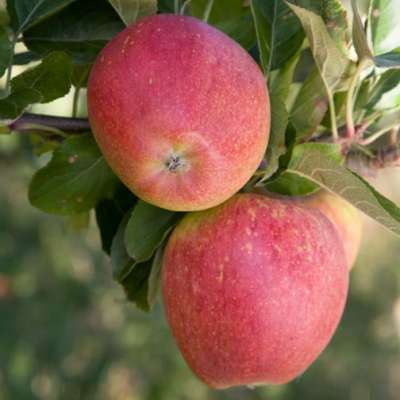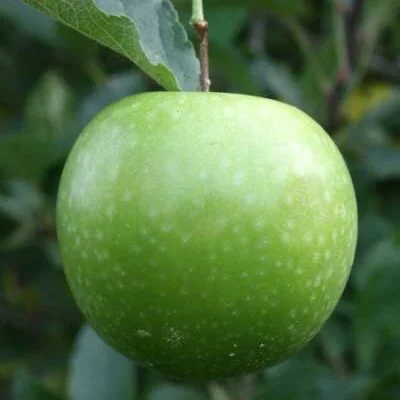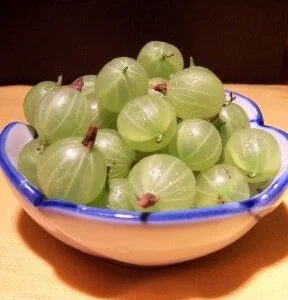Your basket is currently empty!
Raspberries will succeed in most types of soil, the main requirements are a well drained area with good moisture holding qualities in the summer. A sunny position is preferred, but shade has little, if any, adverse effect. Exposure to excessive winds should be avoided. It will be beneficial if a dressing of farmyard manure, leaf mould etc. is forked into the soil before planting. Remove all perennial weeds at this time. Plant singly, 15-18″ apart in the row. If planting more than one row, the rows should be 5-6′ apart. Make a hole large enough for the roots to avoid ‘cramping’ them and over the roots with about 3″ of soil. Avoid planting them too deep. Plant firmly and firm the soil around the roots after planting. Water the canes well for the first year until they are established. If the plants have arrived in a dry condition, soak the roots in water before planting. After planting, cut the canes right down. Mulches of straw, farmyard manure, sedge peat etc. are of great value in aiding moisture retention. It is best to delay putting down such a mulch until the canes have grown for 1 year, as application on newly planted canes may check early growth. Overall mulches should not be used on wet or poorly drained soils. Raspberries are best grown without cultivation once the plants are in position. Hand weeding near the plants and shallow hoeing between the rows should be all that is necessary.
Support and Pruning
Raspberries are usually supported with posts and wires, 2 wires 2′ and 4′ 6″ from the ground are trained between posts at the end of each row, the canes are then tied singly to these wires. Canes that have fruited should be cut out at ground level, either immediately after the crop has been picked or during the autumn or winter. From 5-8 of the healthiest and strongest new canes are selected for retention at each root/stool and the surplus removed. The number of canes retained should not exceed the number which can be tied 3-4″ apart along the wire. If the canes have grown well and are on an average 7′ in height, it is beneficial to prune the tips back to about 5′ in early February or early March.
Autumn Fruiting Varieties Only
In February after planting cut down to 2″ above ground level. In following years, all the canes should be cut down to ground level in winter (February) for the new growth to appear in spring and produce fruit in September. Autumn fruiting varieties do not usually require support.
Feeding
In February we strongly recommend the use of the fertiliser, Sulphate of Potash, 2oz per square yard. Do not use Nitrogen fertilisers for our cane fruits unless absolutely essential. As our plants are virus free and f rom exceptionally health clones, excess Nitrogen can result in excessive vigour and a reduction in cropping. If soil is poor then Sulphate of Ammonia may be used in small quantities.






